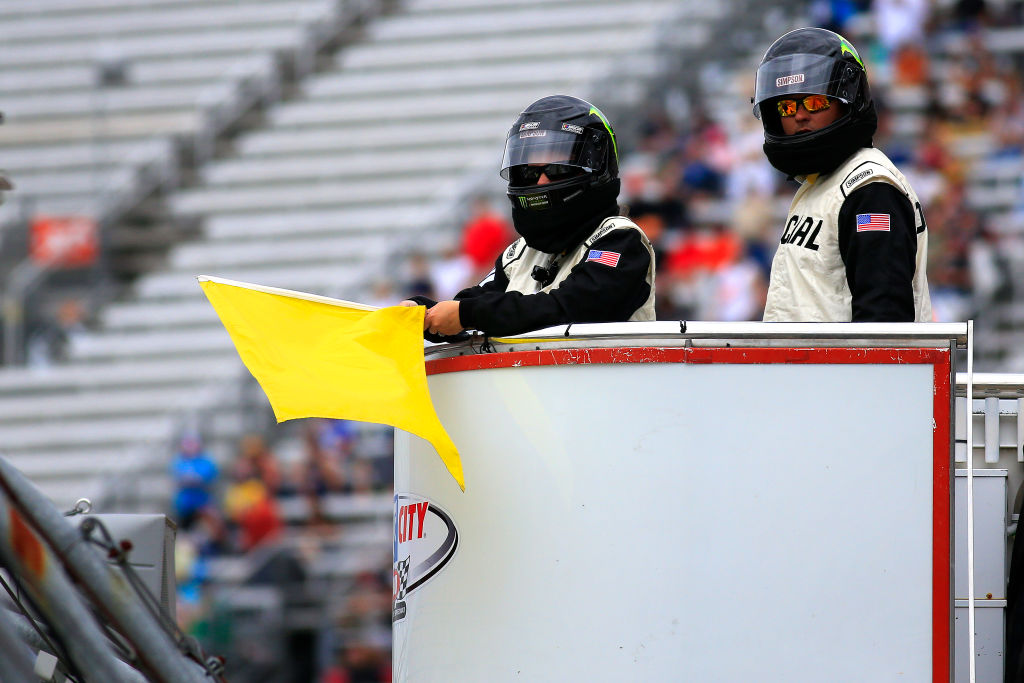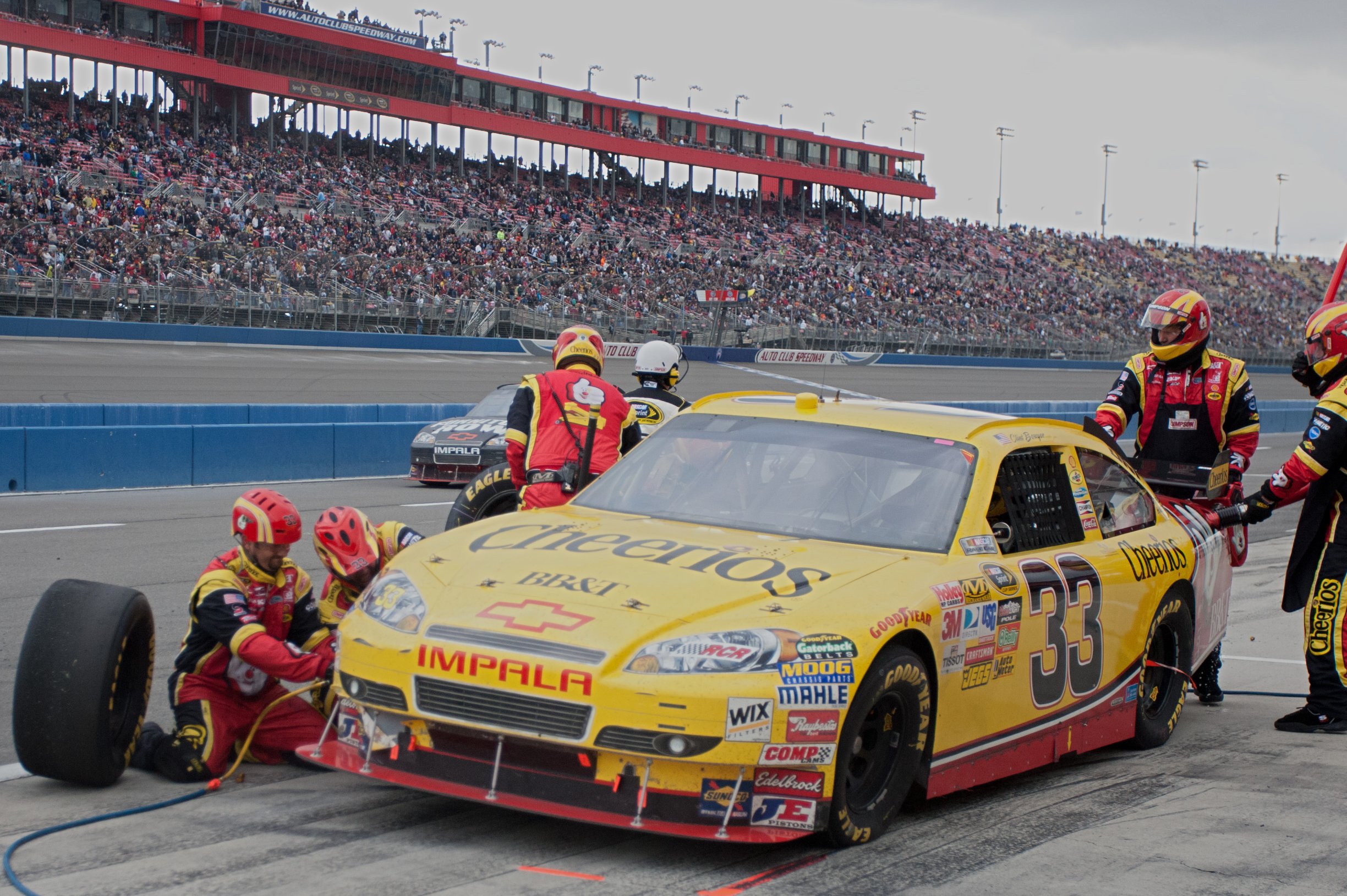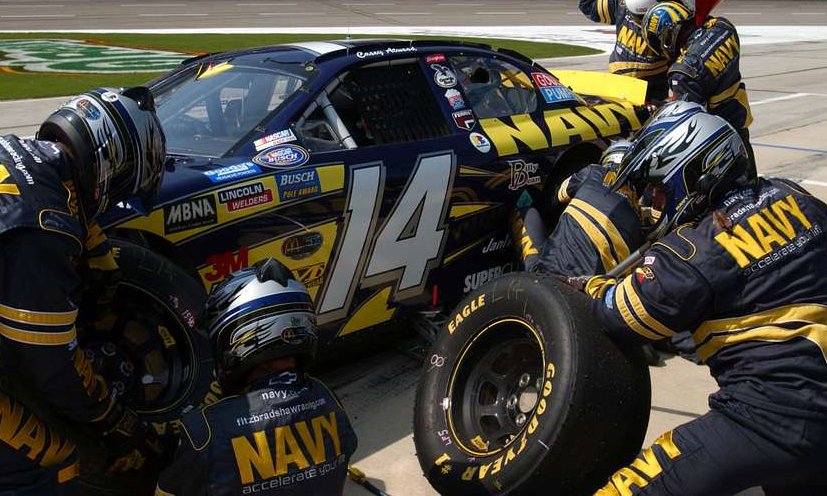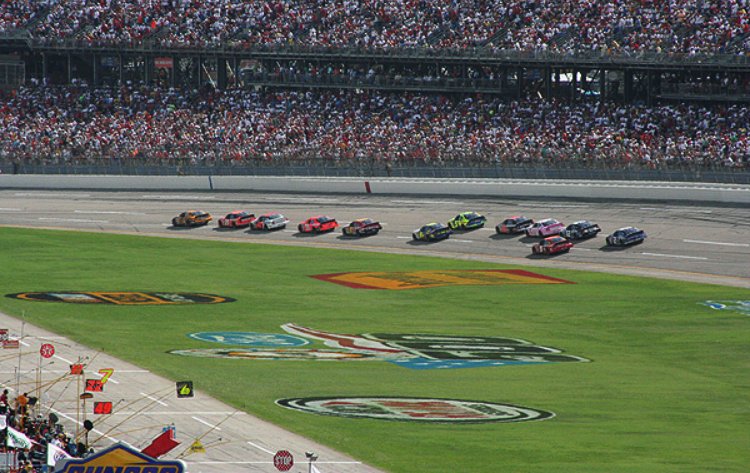Rules Of The NASCAR Road
Like all sports, NASCAR is replete with plenty of rules and regulations. And while most fans are aware of many of them, there are a bunch of rules that even the hardcore fans might not know about. How many of these NASCAR rules were you aware of before today?
Try Your Hardest
It sounds like something we tell our kids, but in NASCAR, it is an actual rule that teams and drivers have to give full effort to have the best finish possible. Known as the "100% rule"—this one came about after a 2013 incident in which a driver slowed down in an effort to help his teammate get some points.
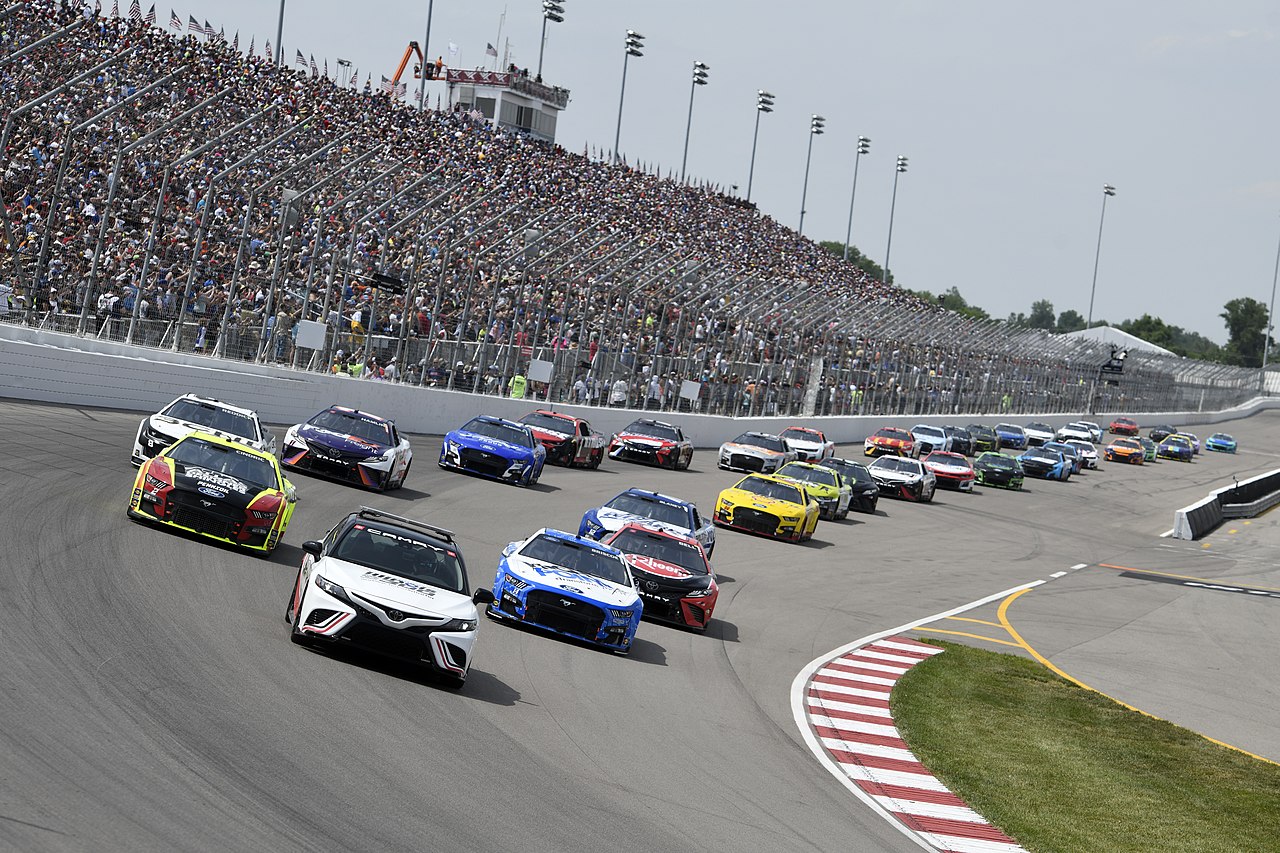 Capjohn1967, CC BY-SA 4.0, Wikimedia Commons
Capjohn1967, CC BY-SA 4.0, Wikimedia Commons
Who Can Drivers Talk To?
The evolution of driver communication in NASCAR went from nothing, to walkie-talkies, to two-way radios. There was also a shift from talking with their spotter and/or crewmen to chatting it up and strategizing with other drivers (both teammates and rivals). Well, this was a step too far for NASCAR officials—and a rule was instituted allowing communication with spotter/crewmen only.
 TaurusEmerald, CC BY-SA 4.0, Wikimedia Commons
TaurusEmerald, CC BY-SA 4.0, Wikimedia Commons
No Duct Tape
You want to know another thing duct tape is good for? Altering the aerodynamics of a NASCAR vehicle. Yup, in the past, teams have tried to adjust cars' aerodynamics by putting duct tape over parts of the vehicle's number. Well, not anymore. There is a strict rule regarding the complete visibility of the number at all times.
And more on those numbers...
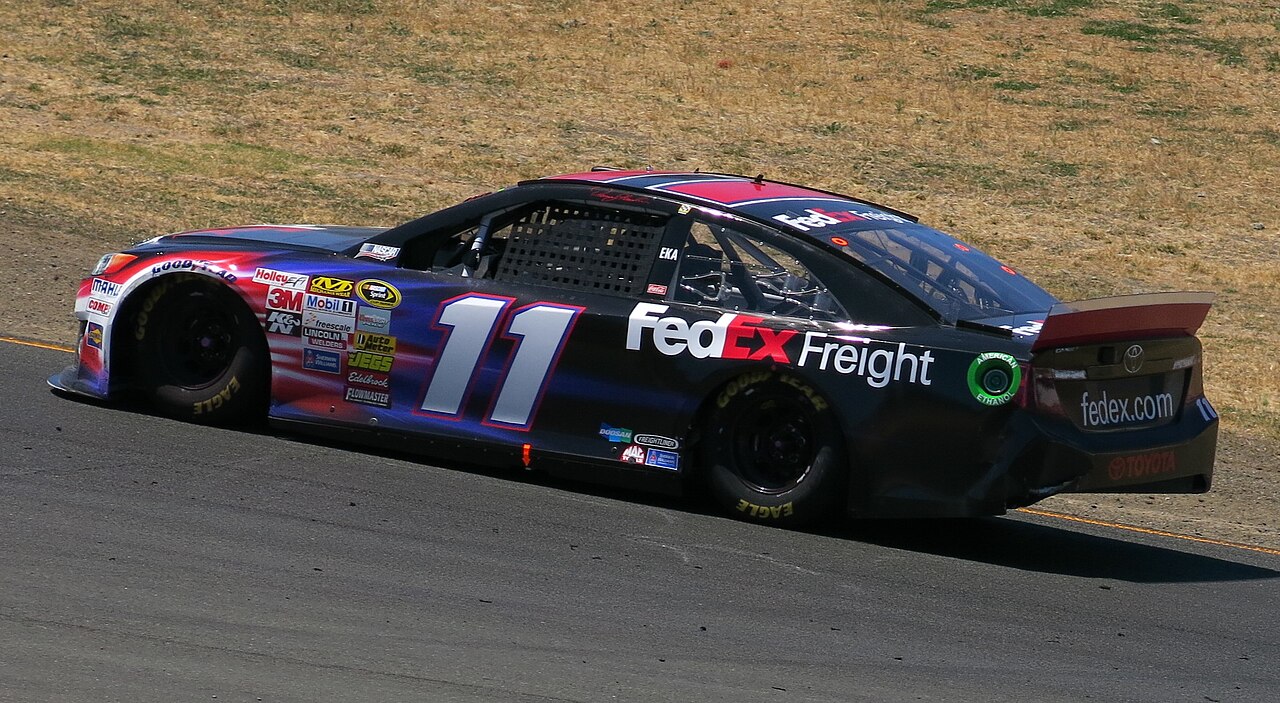 TaurusEmerald, CC BY-SA 4.0, Wikimedia Commons
TaurusEmerald, CC BY-SA 4.0, Wikimedia Commons
Number Locations
Do you know why NASCAR's cars always have the number displayed on each door of the car and on its roof? Because it's a rule.
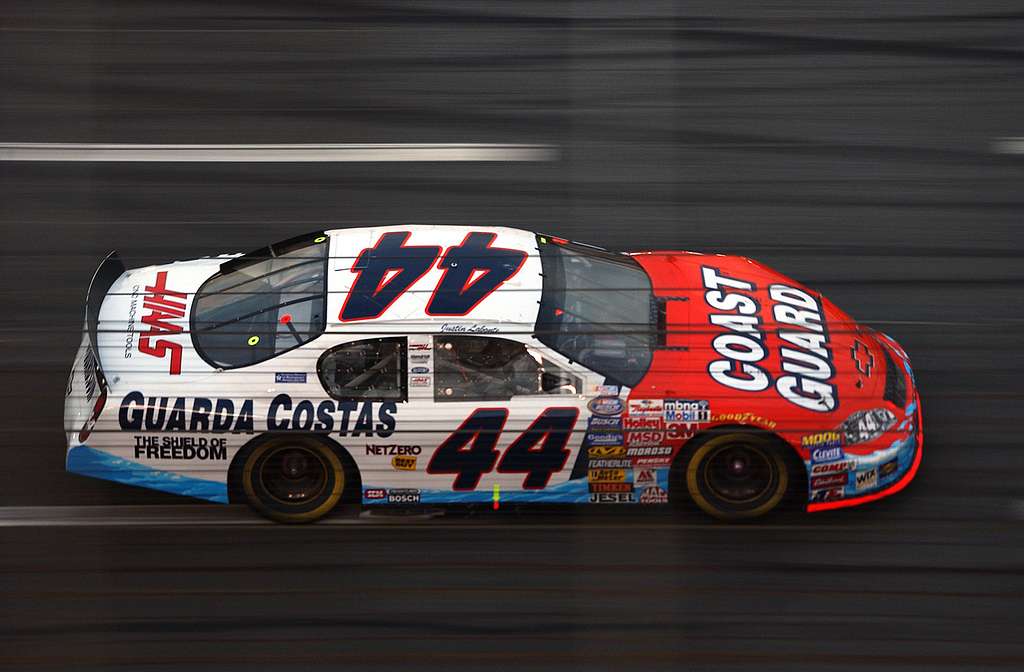 Defense Visual Information Distribution Service, Picryl
Defense Visual Information Distribution Service, Picryl
No More Soaked Tires
There was a time when teams would soak their tires in a chemical solution in order to soften them—thus improving grip and performance. Well, not anymore—or at least not legally. NASCAR rule 20.16.1 forbids any modification/procedure that alters tire pressure beyond normal adjustments.
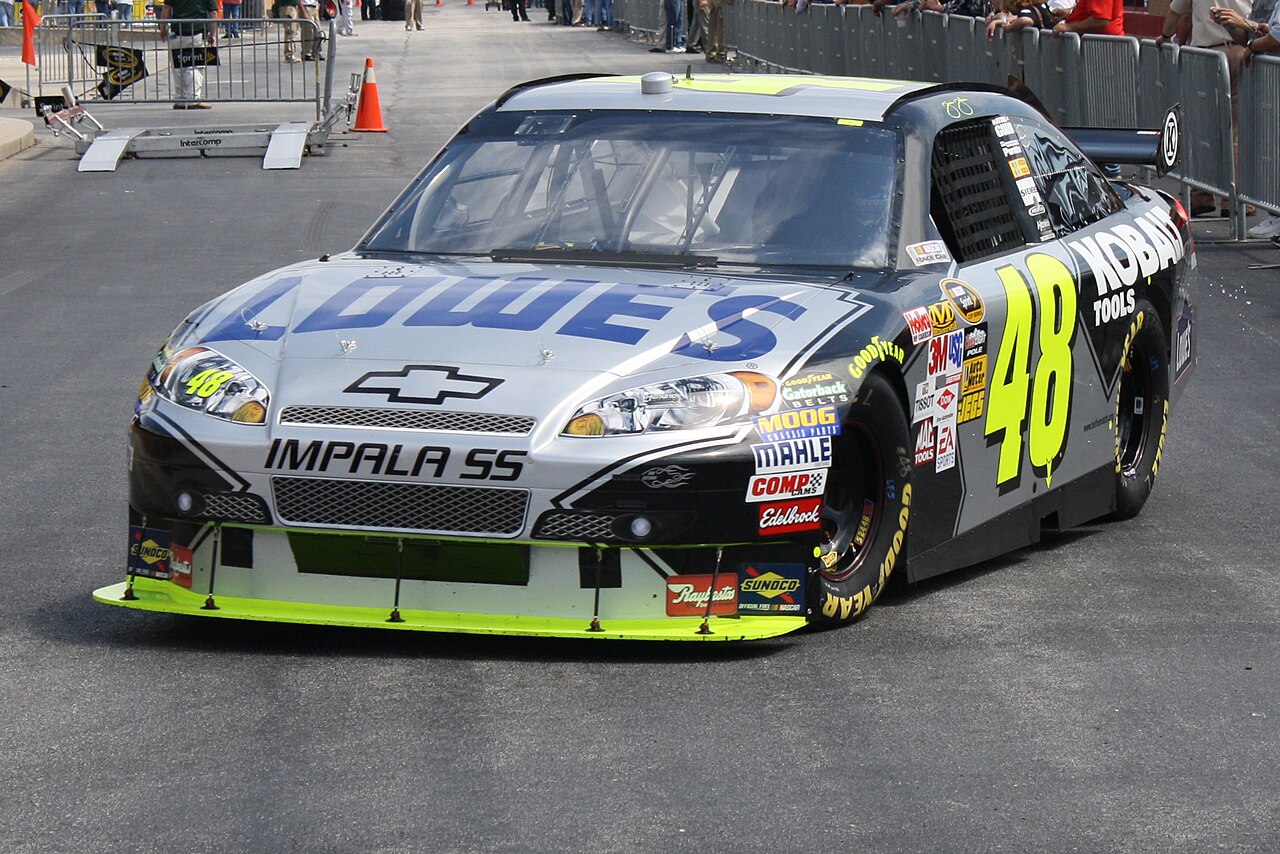 Raceconn, CC BY-SA 3.0, Wikimedia Commons
Raceconn, CC BY-SA 3.0, Wikimedia Commons
Freeze On Yellow
Prior to 2003, when a yellow caution flag came out, all of the drivers would race to the start/finish line and then slow down—in an attempt to get better positioning. However, since 2003, the rule is an immediate positional freeze of all cars the moment a yellow flag is waved.
Talking To The Media Is Mandatory
Not for everyone, just for drivers who qualify or finish in the top three in any event. Refuse the post-qualifying or post-race media chat and you will be fined.
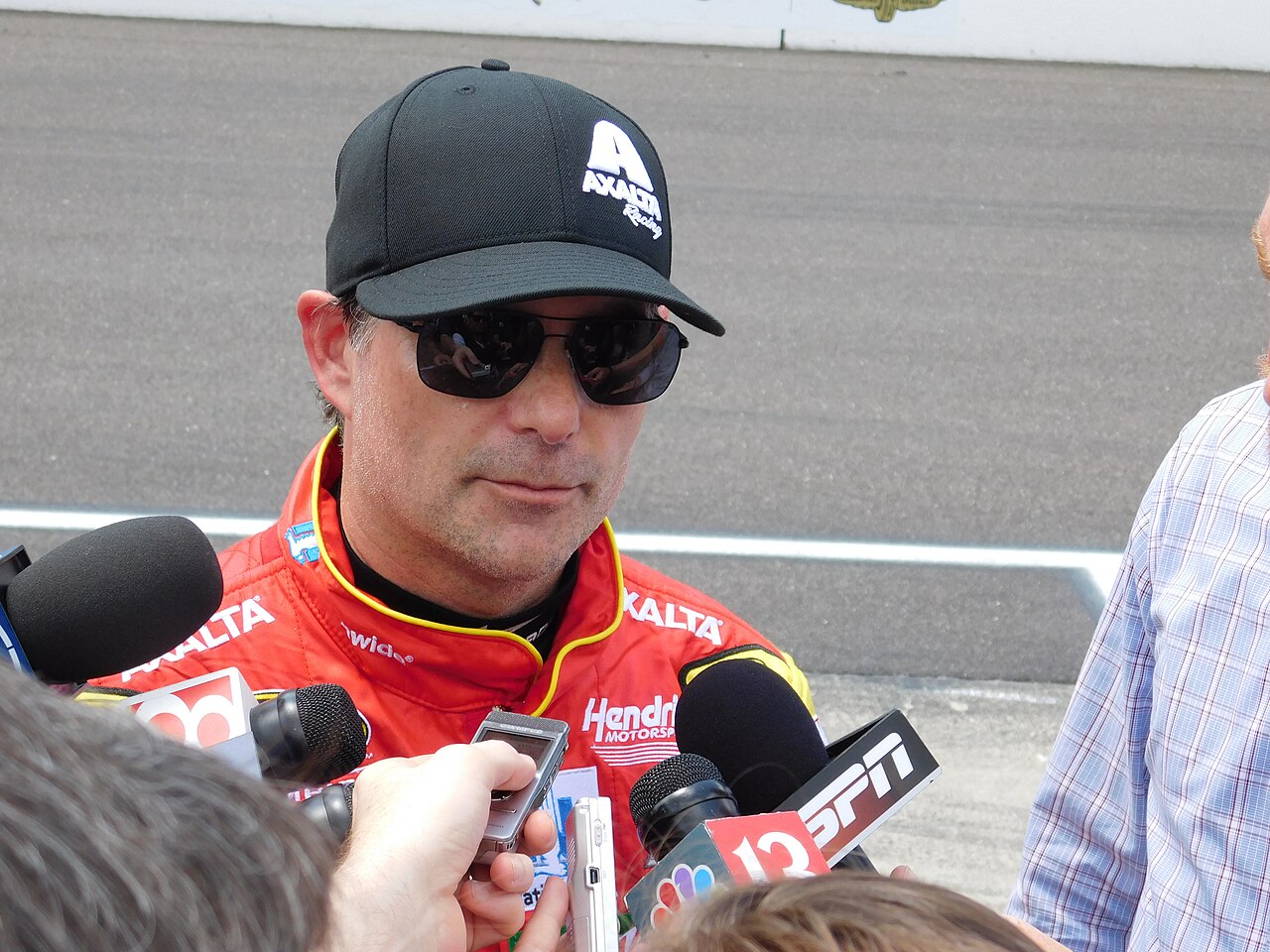 Zach Catanzareti, CC BY-SA 2.0, Wikimedia Commons
Zach Catanzareti, CC BY-SA 2.0, Wikimedia Commons
Restart Passes
Just because the pace car has pulled off and the race has restarted doesn't mean it's a free-for-all. There are very specific rules when it comes to passing and changing lanes after a restart. In fact, a restart isn't official until the legal lead car crosses the start/finish line. Only then may other cars do any passing.
 Zach Catanzareti Photo, CC BY 2.0, Wikimedia Commons
Zach Catanzareti Photo, CC BY 2.0, Wikimedia Commons
An Approved Helmet
Even people who've never watched a NASCAR race in their lives probably know (or at least assume) that NASCAR drivers are required to wear helmets during the race. But not just any helmet. All helmets must be approved by NASCAR and pass their safety standards. Without the league's approval of your helmet, you aren't racing.
And speaking of helmets...
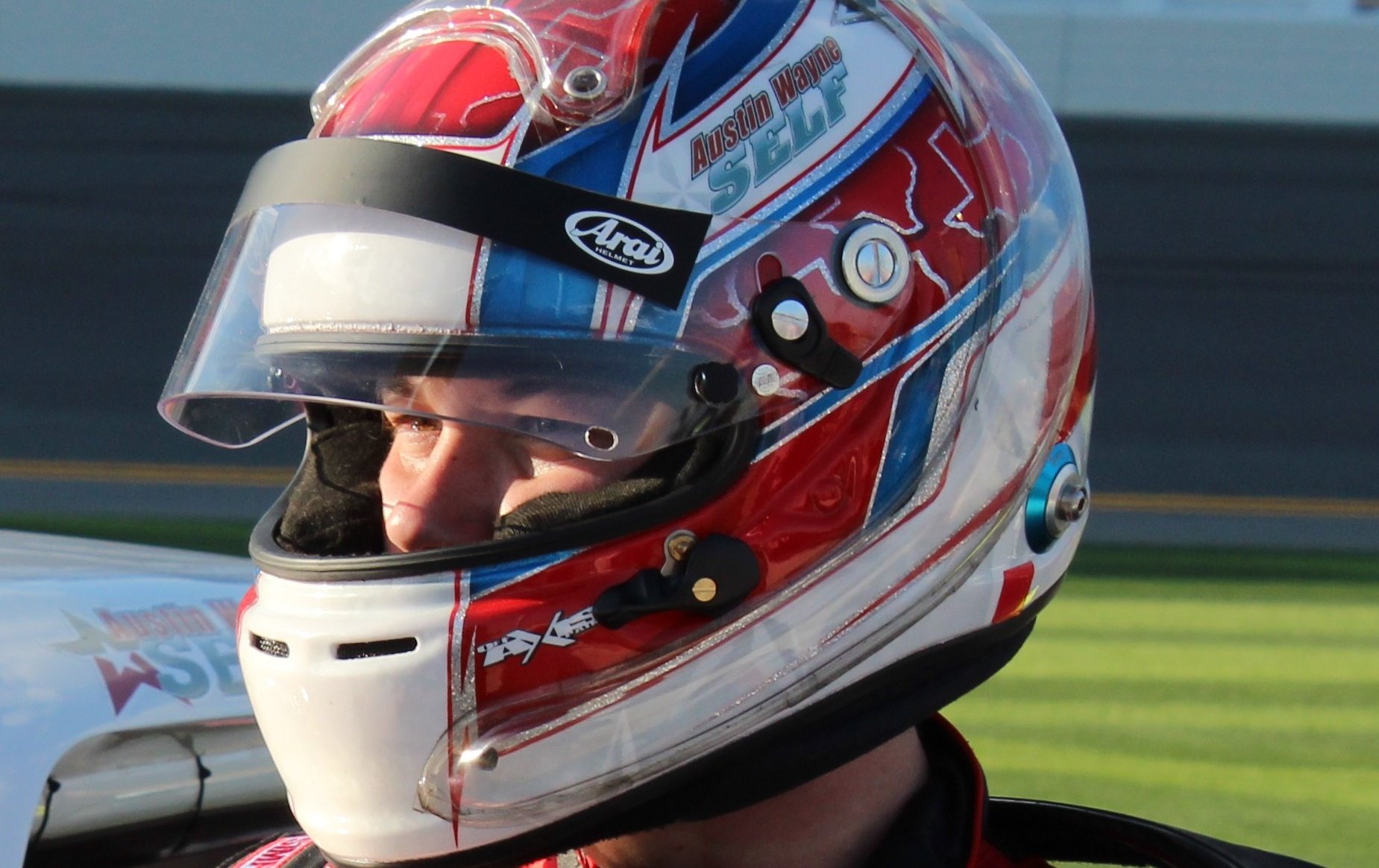 Zach Catanzareti Photo, CC BY-SA 2.0, Wikimedia Commons
Zach Catanzareti Photo, CC BY-SA 2.0, Wikimedia Commons
Crew Member Helmets
Prior to 2003, members of the pit crew didn't have to wear helmets. Since 2003, it has been mandatory.
Stay In Your Car...Unless
Drivers are not allowed to exit their vehicle on the track. Honestly, this sounds like a pretty smart rule. There is an exception to the rule, in case of emergency, of course—such as if the car is on fire.
 Serrity, CC BY-SA 4.0, Wikimedia Commons
Serrity, CC BY-SA 4.0, Wikimedia Commons
Too Many Over The Wall
You know when a car pulls into the pitstop and all those people jump over the wall to change the tires, fuel it up, etc? Well, count how many crew members go over that wall. Because if it's more than six (even if they step over by accident), the result is a penalty.
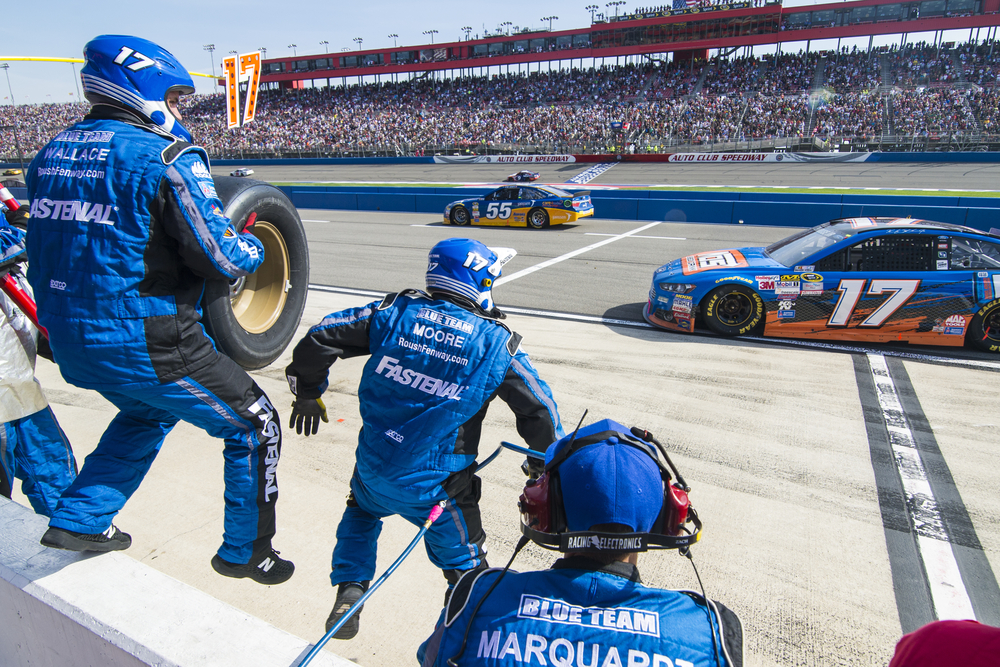 Grindstone Media Group, Shutterstock
Grindstone Media Group, Shutterstock
NASCAR License
All drivers need a license from NASCAR to drive—one they renew annually at a cost of $2,420. But you know what they don't need? A valid state driver's license.
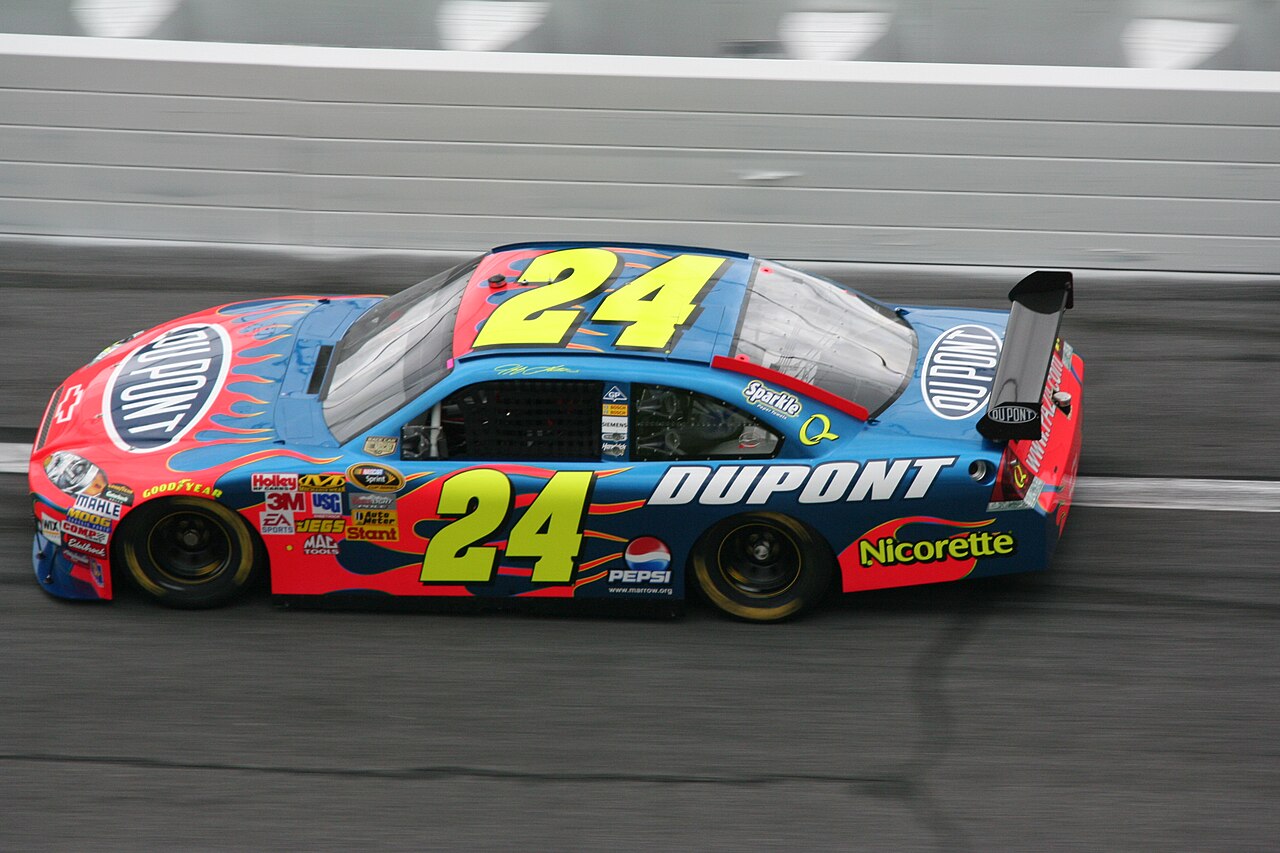 Freewheeling Daredevil, CC BY 2.0, Wikimedia Commons
Freewheeling Daredevil, CC BY 2.0, Wikimedia Commons
Rolling Tire
Among all the other things that the crew has to do during a pit stop, they also better pay attention to all the tires—making sure that none of them start to roll away. If a tire isn't controlled and rolls too far away from the crew, there will be a penalty issued.
No Pushing
Should a car have mechanical issues or run out of gas, teammates aren't allowed to push the car across the finish line. Not only is this a rule many fans don't know about—but it's one some drivers apparently don't know about either. Case in point: Regan Smith was disqualified for a push at Talladega in 2008.
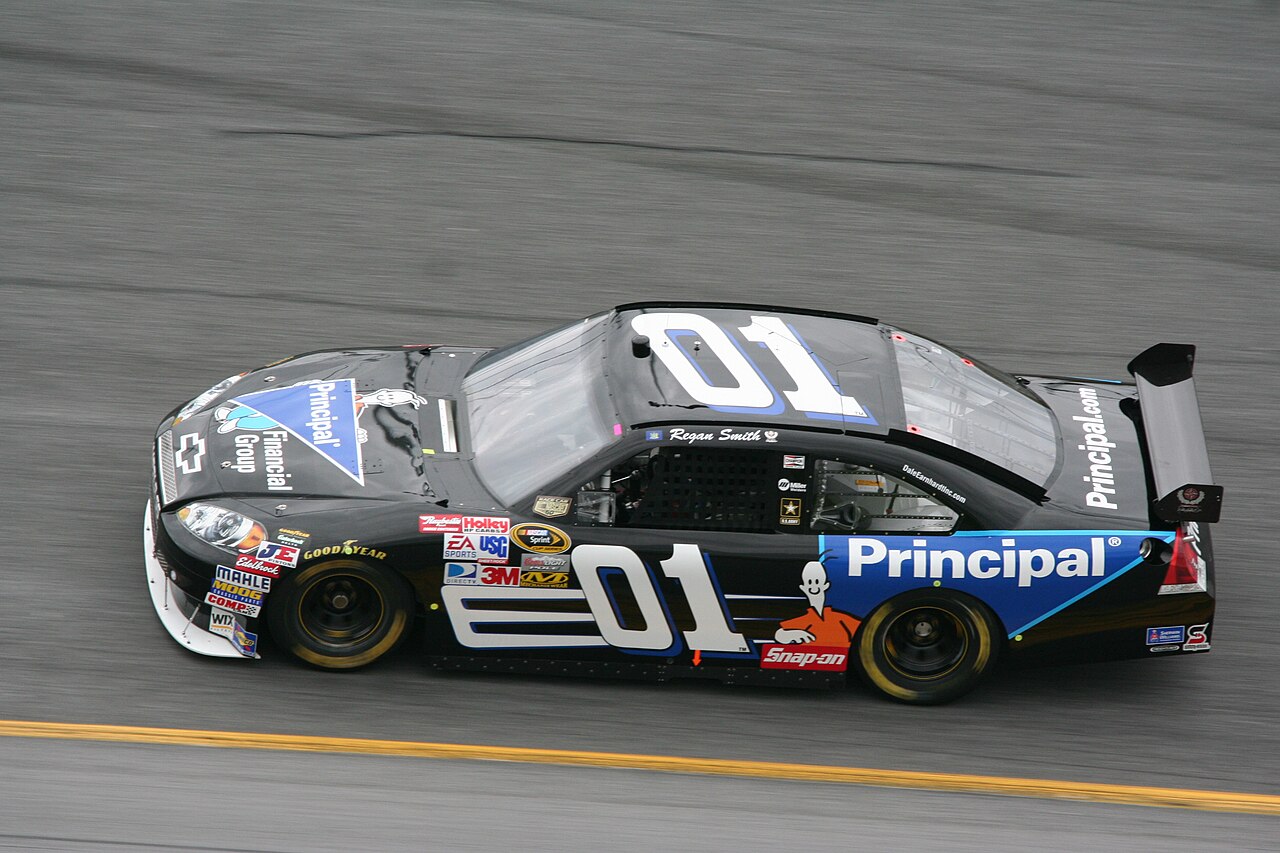 Freewheeling Daredevil, CC BY 2.0, Wikimedia Commons
Freewheeling Daredevil, CC BY 2.0, Wikimedia Commons
Post-Race Inspection
Just because you cross the finish line first doesn't guarantee you'll be raising that winner's trophy. There's one more step before that happens—the post-race inspection. As Denny Hamlin learned at Pocono in 2002—fail that inspection and lose your win.
 Zach Catanzareti Photo, CC BY 2.0, Wikimedia Commons
Zach Catanzareti Photo, CC BY 2.0, Wikimedia Commons
Pit Row Is A No Reverse Zone
If a driver overshoots the pit box when coming in for a stop, they are not allowed to put the car in reverse and back up. Instead, they must head forward around the pit road and try again.
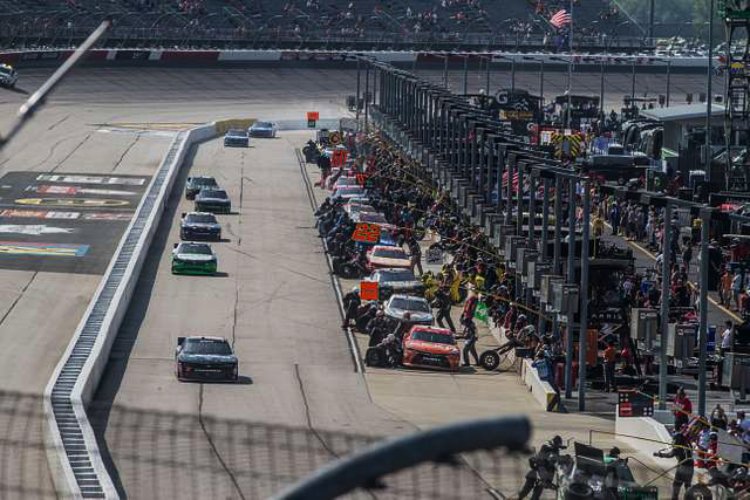 Defense Visual Information Distribution Service, Picryl
Defense Visual Information Distribution Service, Picryl
Points In Only One Series
NASCAR drivers love to drive and many have been known to put time on tracks in different series—Nationwide, Truck, etc. Now, there is no rule against them doing so. However, there is a rule against earning points in any series in which a driver isn't "declared". And you can only be "declared" in one of them.
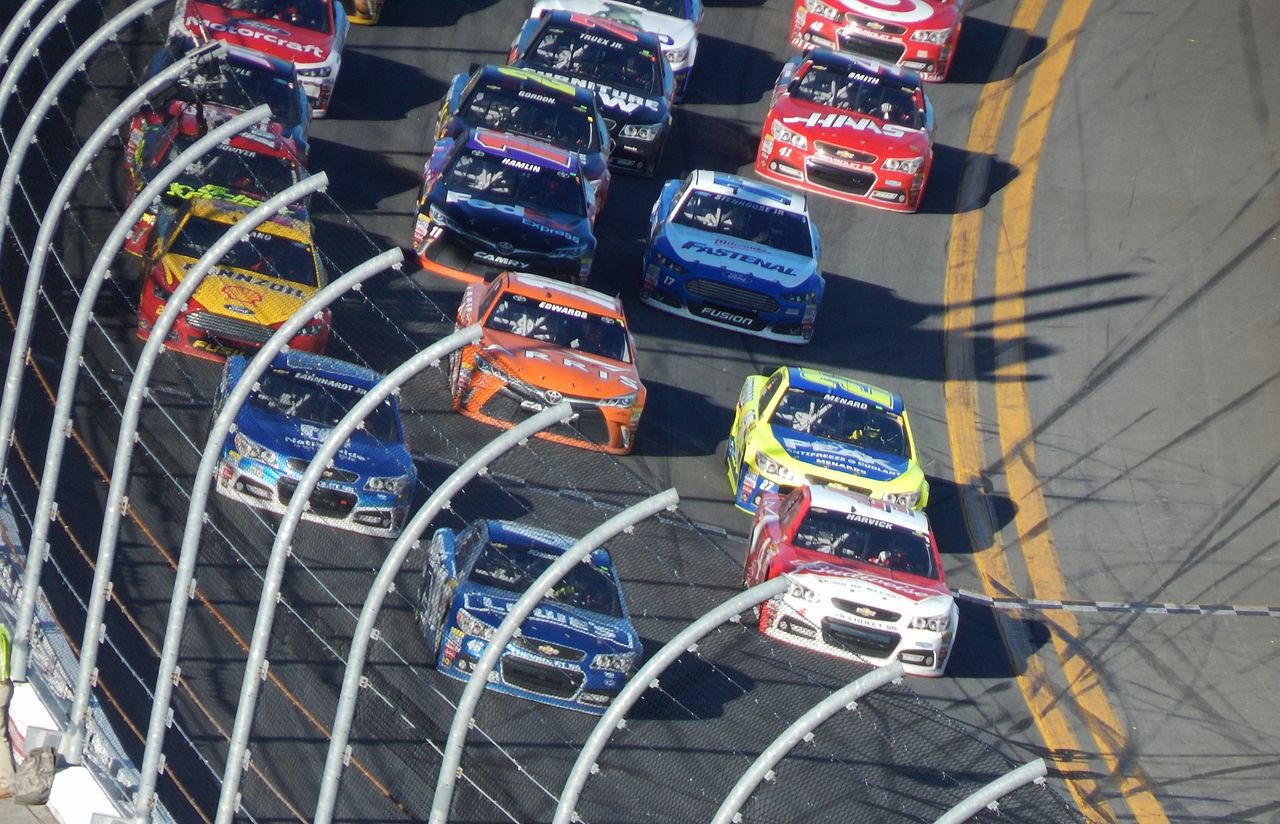 Nascarking, CC BY-SA 4.0, Wikimedia Commons
Nascarking, CC BY-SA 4.0, Wikimedia Commons
5-Minute Rule
After the National anthem, NASCAR drivers and their teams have exactly 5 minutes to get their cars all ready to go (with all the safety equipment fastened, etc). Not 5 minutes and 1 second...5 minutes!
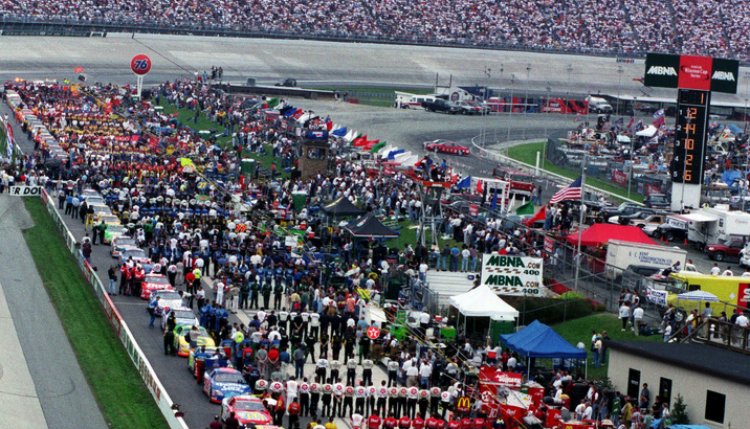 The U.S. National Archives, Picryl
The U.S. National Archives, Picryl
Watch Out For That Double Yellow Line
This rule only applies to the tracks at Daytona and Talladega—as they are the ones with the double yellow line at the apron at the base of the track. And that rule is: Drivers may not cross below that double yellow in order to gain ground. Doing so will lead to a black flag.
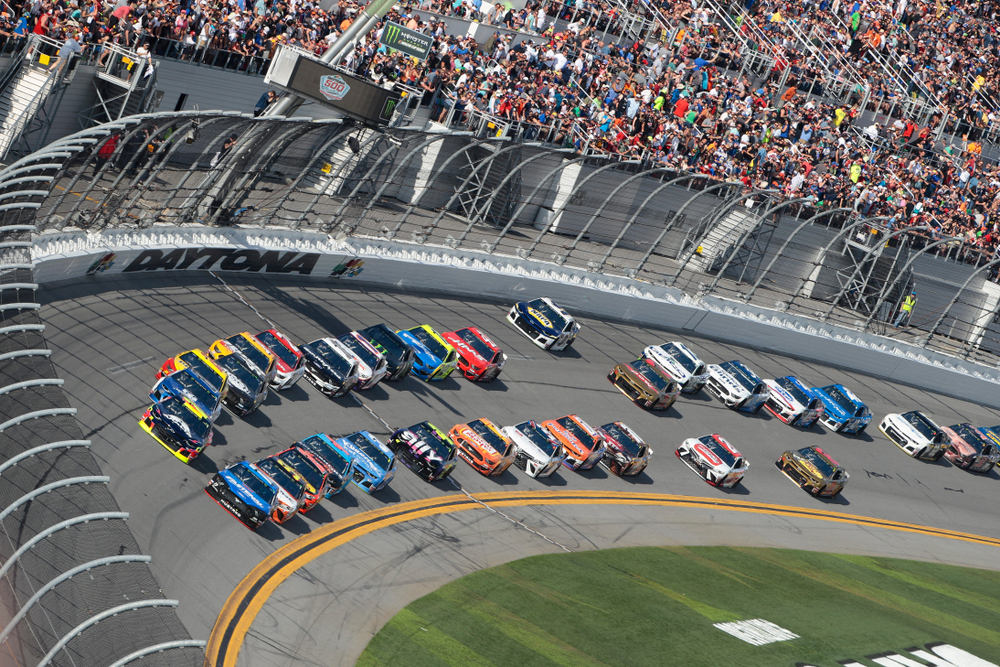 Grindstone Media Group, Shutterstock
Grindstone Media Group, Shutterstock
Pit Road Speed Limit
Did you know that each race has an established speed limit for the pit road? Did you also know that NASCAR cars don't have speedometers? So, how does this rule work? Well, the first pace lap of every race is run at "pit road" speed—thus allowing drivers to get a tachometer reading for pit speed.
Ambulance Mandatory
After a crash, the state of the vehicle is an important factor in determining whether or not a driver must be taken back to the infield care centre via ambulance. You see, as the theory goes, if the car isn't so damaged that the driver is able to drive it back to the garage, then they aren't required to visit the medical centre. However, if the car is undriveable, then the driver must get into the ambulance and visit the care centre.
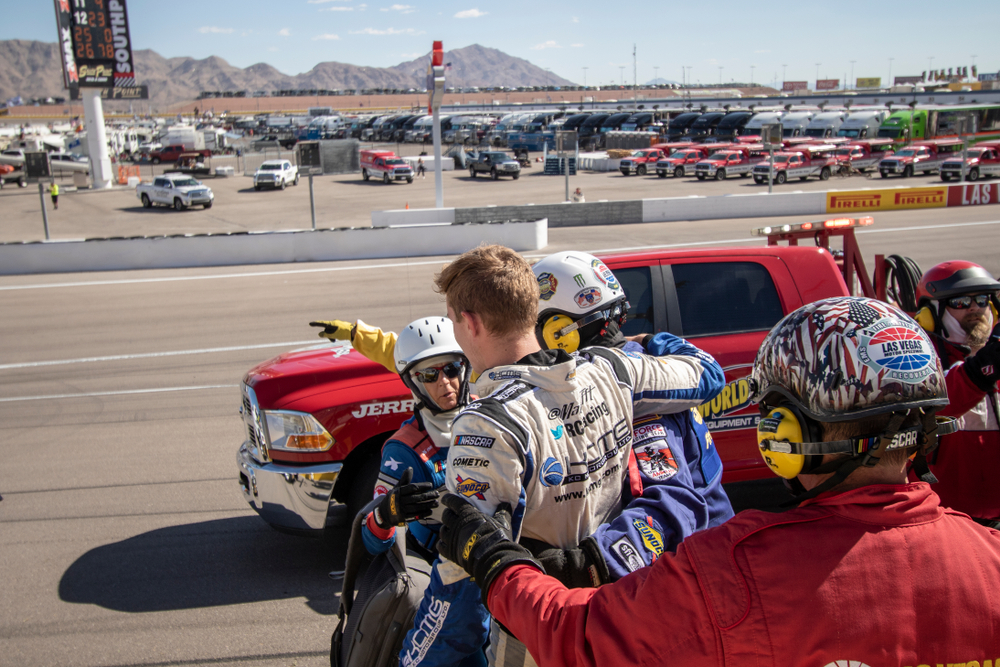 Grindstone Media Group, Shutterstock
Grindstone Media Group, Shutterstock
The Car Numbers
Did you know that NASCAR owns and assigns all of the car numbers? Not only that, but they assign them on an annual basis and have the right to refuse a number to a team and also transfer a number to another team if they so desire. Now, more often than not, NASCAR says "yes" to all requests, and there aren't any problems. But, they technically don't have to.
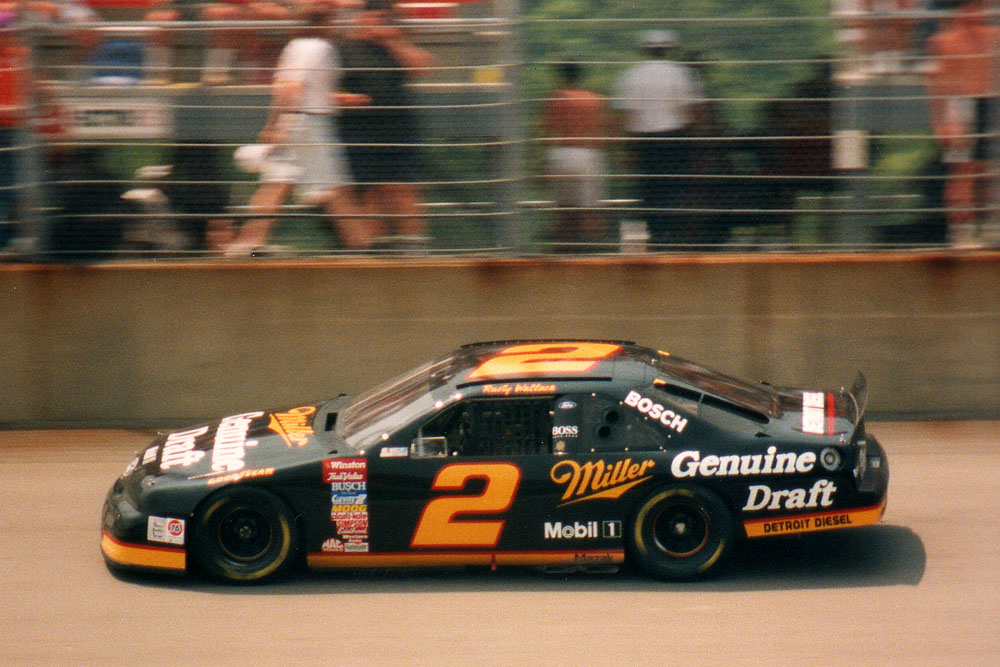 James Phelps, CC BY 2.0, Wikimedia Commons
James Phelps, CC BY 2.0, Wikimedia Commons
One Car Only
From the start of the first practice session through qualifying and the actual race, teams must only use one single car (the one that passed inspection). A crash in practice or qualifying does allow a team to go to their backup car.
 Marco Becerra, CC BY 2.0, Wikimedia Commons
Marco Becerra, CC BY 2.0, Wikimedia Commons
Driver Changes Before Race
A team is allowed to change drivers and start the race with a different driver than the one who raced in qualifying. However, doing so means that the car will have to start at the back of the pack.
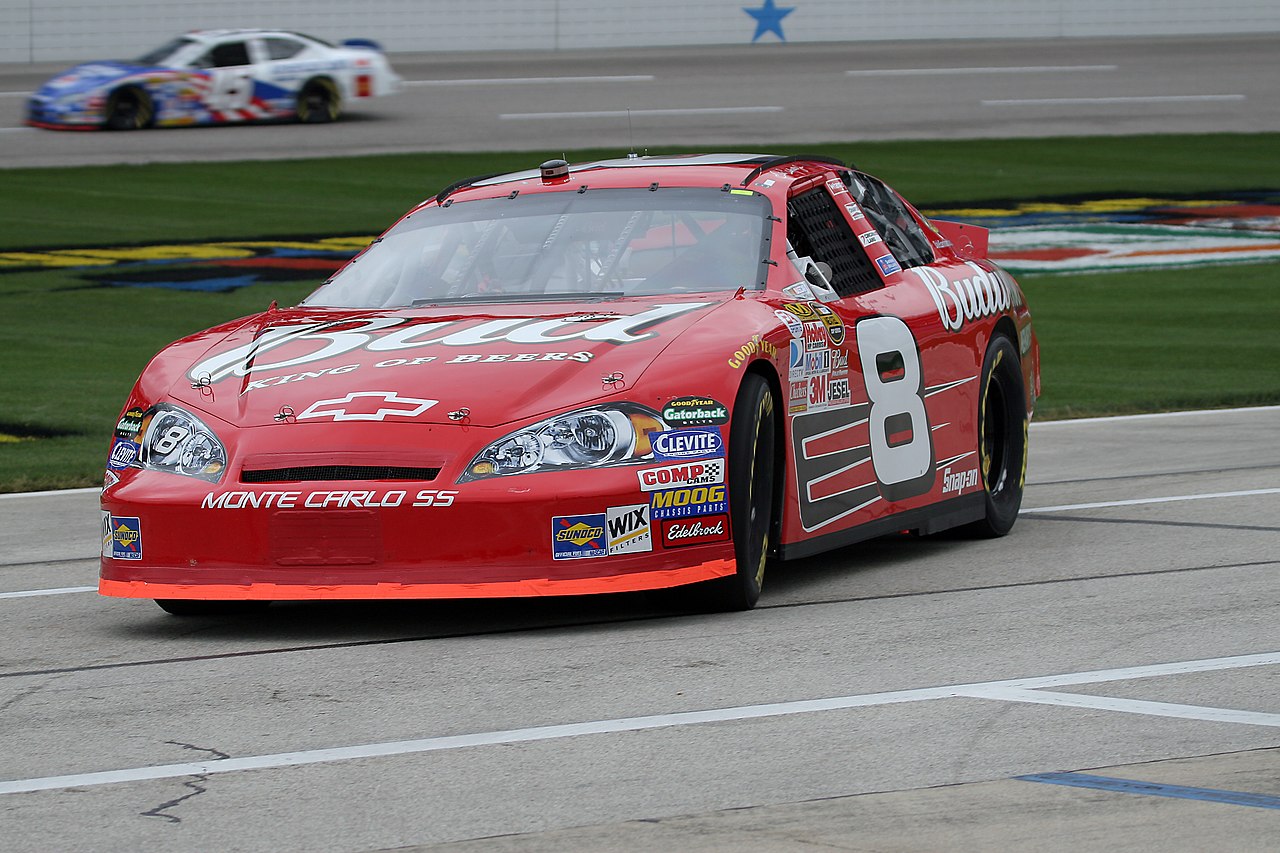 Bo Nash, CC BY-SA 2.0, Wikimedia Commons
Bo Nash, CC BY-SA 2.0, Wikimedia Commons
Driver Changes During Race
Again, this is allowed (taking place during a pit stop) but will probably result in a loss of position due to the time required to switch the drivers in and out. Also, the driver that starts the race is the one who gets all the points, statistics, and purse money.
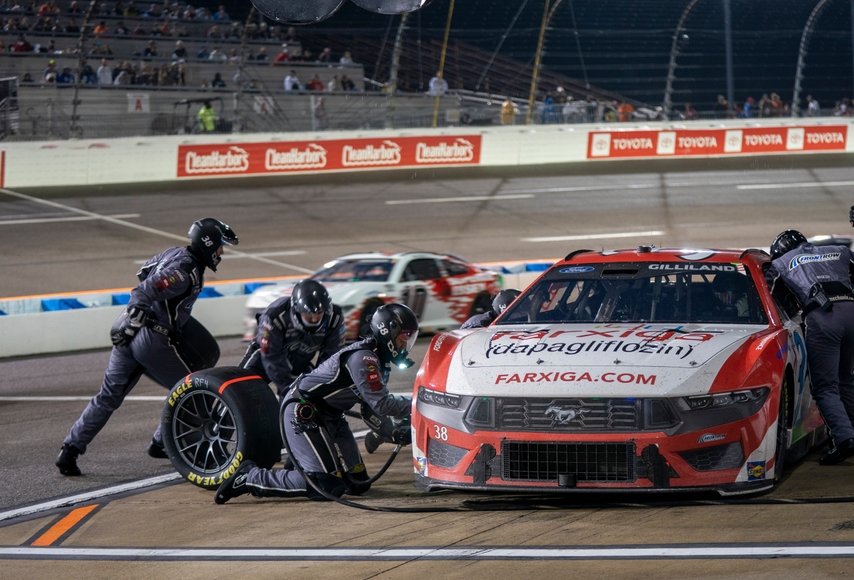 Grindstone Media Group, Shutterstock
Grindstone Media Group, Shutterstock
Black Flag
The black flag is used to tell a driver that they must pit immediately (if a rule has been violated, the driver is being overly aggressive, sufficient vehicle damage to be a safety issue, etc). And what happens if the driver doesn't obey that black flag?
Black Flag With A White Cross
If a driver hasn't obeyed the black flag within three laps, out comes the black flag with a white cross—indicating that said driver is no longer being scored.
Don't Celebrate Too Much
And by "too much" we mean, one of those classic NASCAR burnouts that damages the car. Should that happen during the burnout celebration, it could lead to penalties and even a failed post-race inspection. This rule was put in place to prevent teams and drivers from hiding illegal modifications via excessive burnout damage.
You might also like:
Are You A NASCAR Buff? How Many Of These NASCAR Trivia Questions Can You Answer?
The Greatest Drivers In NASCAR History
 Joint Base Myer, Wikimedia Commons
Joint Base Myer, Wikimedia Commons


